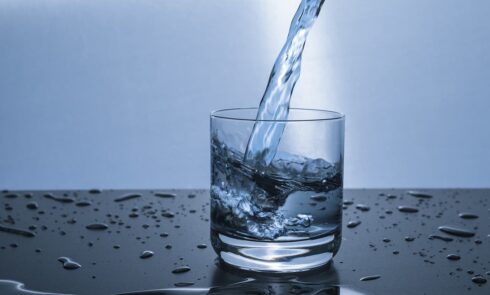Water quality protection projects protect the state’s surface and groundwater resources from point and nonpoint sources of pollution. Authorized in Iowa Code Chapter 161C, projects are developed through a local process initiated by soil and water conservation districts, coordinating the resources and programs of a variety of organizations to achieve local goals. Project applications take into account the importance of the resource to be protected, the nature and extent of the water quality concerns, the proposed solutions, landowner interest, and the overall cost-effectiveness of the project.
Water quality protection projects typically use a watershed approach to address water quality issues. this approach involves evaluating all possible sources that may affect water quality in the project area. It provides the most comprehensive, efficient and effective way to achieve soil and water quality protection goals. Successful projects typically have a high level of community support and include strong public outreach and education programs. They also have partnerships with federal, state, and local agencies and organizations.
These projects have effectively improved water quality in watersheds over public lakes, trout streams, widely used recreational areas, drinking water sources, urban developments, and aquifer recharge areas. Practices commonly used in the projects include permanent soil and water conservation techniques (terraces, basins, etc.), temporary management techniques (no-till, nutrient management, etc.), and urban erosion and stormwater management techniques (silt fences, bioswales, etc.).
Funding for projects is provided through the Resource Enhancement and Protection Program (REAP) and the Watershed Protection Fund with additional funding available through the Iowa Department of Natural Resources from the U.S. Environmental Protection Agency.


